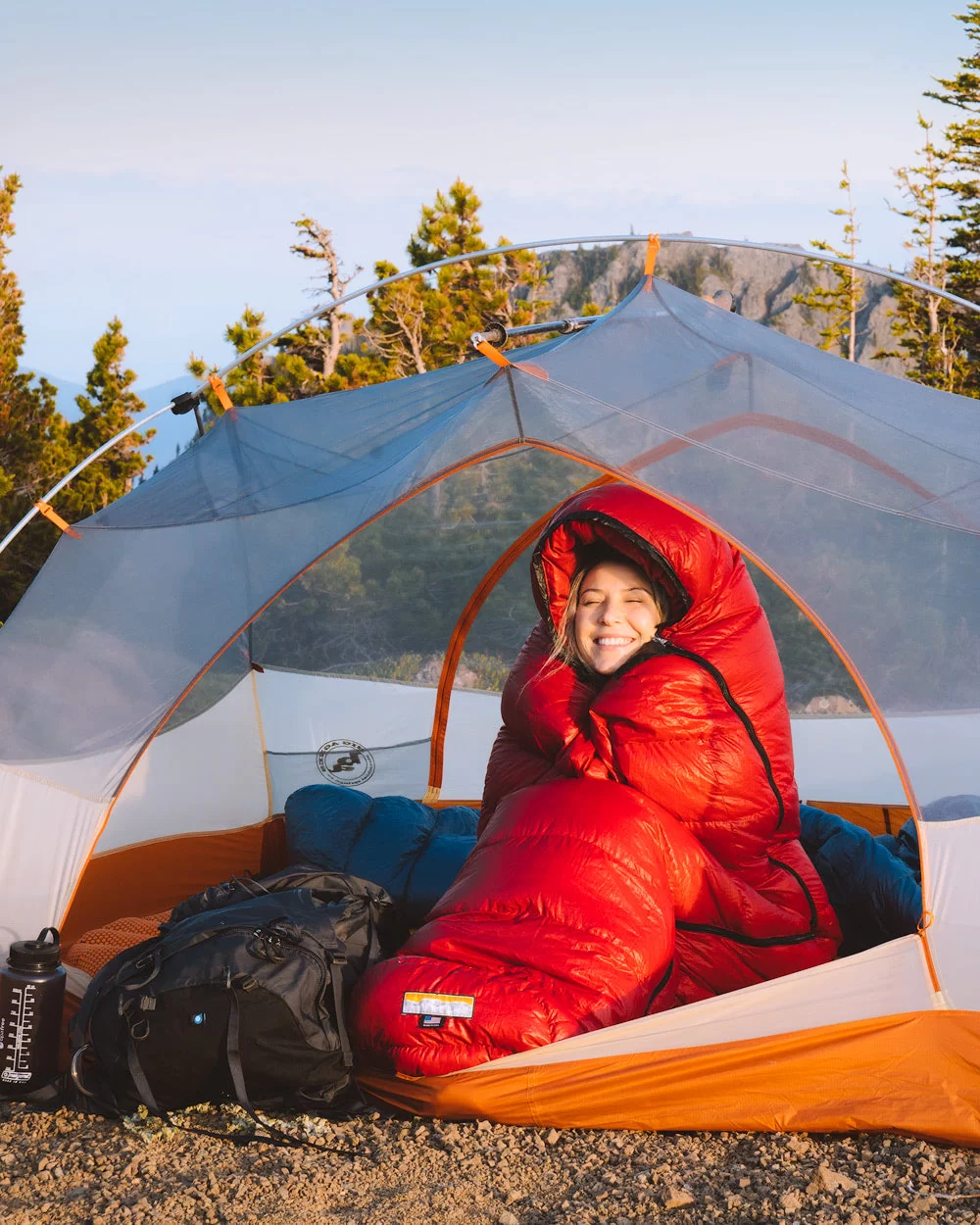What to Do If You Get Lost While Camping in the Wilderness: Essential Survival Tips
- 1. How to Stay Calm When Lost
- 2. Assessing Your Situation and Making a Plan
- 3. Signs to Watch For and Ways to Navigate
- 4. Signals for Help and Survival Gear to Have
- 5. How to Avoid Getting Lost in the First Place
1. How to Stay Calm When Lost
Getting lost while camping in the wilderness can be a frightening experience, especially if you’re alone or in unfamiliar terrain. However, the most important thing to do is stay calm. Panicking will only cloud your judgment and make it harder to think clearly.
One of the best ways to maintain calm is to take deep breaths and remind yourself that getting lost is a situation that can be solved. Real-life survival expert Bear Grylls often emphasizes the importance of staying calm during such moments, saying that maintaining a clear mind is half the battle.
Example: When I was camping in the Rocky Mountains, I took a wrong turn while hiking and quickly realized I was off the trail. Instead of panicking, I stopped, assessed the situation, and began retracing my steps, using my mental map to guide me back. Taking a deep breath and focusing on the task ahead was crucial to finding my way back.
2. Assessing Your Situation and Making a Plan
If you realize you’re lost, take a moment to assess your surroundings. Look for landmarks, familiar features, or any signs that could guide you. Consider whether you’ve strayed from a well-marked path or if you’re deeper in the wilderness than you thought.
In this situation, you must make a plan. Whether it’s retracing your steps or looking for a high point to get a better view of your surroundings, having a strategy will keep you focused and help you avoid making rash decisions.
Pro Tip: Always avoid wandering aimlessly. Walking in circles is common when you’re lost, so it’s better to stay put and wait for help if you're unable to make progress.
4. Signals for Help and Survival Gear to Have
If you’re lost and need help, signaling for assistance is a critical step. If you have a whistle, flashlight, or mirror, use them to create distress signals. Three sharp whistles or flashes of light can be a signal to rescuers.
Some essential survival gear to carry with you to avoid or handle getting lost include:
- Whistle: Easy to carry and can be heard over long distances.
- Fire Starter: In case you need warmth or visibility at night.
- Emergency Blanket: Light and compact, it provides insulation and can be used to signal for help.
- First Aid Kit: Always pack a basic first aid kit to treat any injuries while you wait for help.
Tip: Before heading out on your camping trip, ensure your gear is in good working condition and that you know how to use it. A whistle is often your first line of defense when lost, so practice using it before your adventure.
5. How to Avoid Getting Lost in the First Place
The best way to handle being lost is to never get lost in the first place! Here are a few precautions to help ensure you don’t lose your way while camping in the wilderness:
- Know the Area: Before you head out, study the area’s maps, terrain, and trails. Understanding where you're going will help you stay on track.
- Plan Your Route: Plan your hike, and share your itinerary with someone at home. Let them know when to expect you back.
- Mark Your Path: Leave markers (such as rock piles or brightly colored tape) along the way to help guide you back if needed.
- Use a GPS or Compass: Carry a reliable GPS or compass, especially in areas where trails are unclear.
Example: On a recent camping trip in Yosemite, I made sure to stick to well-marked trails and used a GPS device to track my progress. By ensuring I was on the right path, I avoided any chance of getting lost.
If you’re looking for a peaceful yet safe camping experience, consider visiting Pine Cliff Resort. With its well-marked trails and scenic beauty, it's the perfect destination for campers who want to enjoy nature without the risk of getting lost. Stay safe, stay prepared, and enjoy your adventure!







